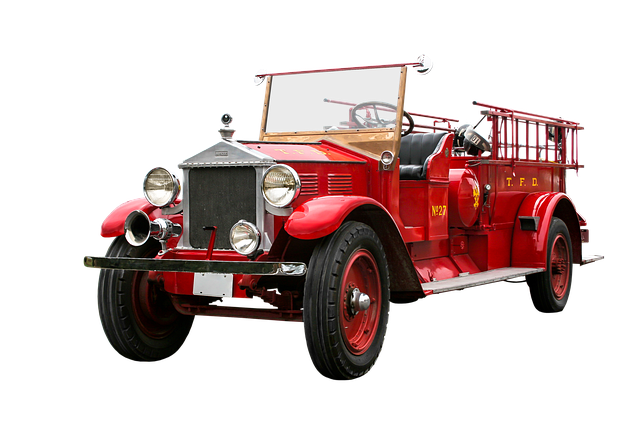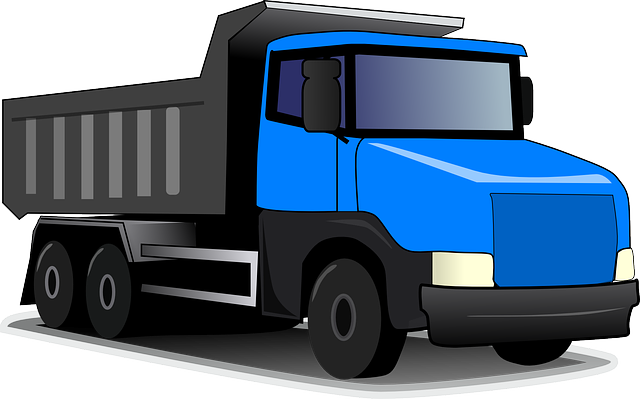When using a personal vehicle, whether leased or owned, prioritize tailored liability coverage for comprehensive protection. Unlike standard policies, this specialized option fills gaps, covering legal expenses, medical bills, and other costs beyond policy limits. Leased vehicles require separate insurance considerations due to company restrictions, while owned vehicles offer more freedom but mandate comprehensive coverage including tailored liability. Regular maintenance and handling are crucial for safety and risk mitigation in both cases.
Protecting your vehicles, be they leased or owned, during personal use is paramount to avoid financial burdens and ensure peace of mind. This article guides you through essential considerations for maintaining optimal safety and security. We explore key differences between leased and owned vehicles, emphasizing the need for tailored liability coverage tailored to personal use. Additionally, we delve into enhancing protection through supplementary insurance options and offer practical tips for safe handling and maintenance to minimize risks.
Understanding Leased and Owned Vehicles: Key Differences

When it comes to personal use, distinguishing between leased and owned vehicles is crucial for ensuring adequate protection. Leased vehicles are typically subject to more stringent terms and conditions set by the leasing company, which often includes specific restrictions on usage and maintenance. These agreements usually do not transfer with the vehicle, meaning new drivers and usage scenarios might require separate insurance considerations.
On the other hand, owned vehicles offer greater flexibility in personal use. However, owners are responsible for providing comprehensive insurance coverage, including tailored liability coverage to protect against potential risks and damages. Understanding these fundamental differences is essential for making informed decisions regarding insurance options and ensuring optimal protection for both leased and owned vehicles during personal use.
The Importance of Tailored Liability Coverage for Personal Use

When using a leased or owned vehicle for personal purposes, it’s crucial to have tailored liability coverage. This type of insurance protects you from financial loss in case of an accident, covering damages to other vehicles and property, as well as potential medical expenses for injured parties. It’s essential because personal use can expose you to unique risks that are different from commercial or commuting scenarios.
Tailored liability coverage ensures that you’re not left with substantial out-of-pocket expenses in the event of an incident. By understanding your insurance policy and ensuring it aligns with your personal vehicle usage, you can enjoy peace of mind while navigating the roads, knowing that you’re adequately protected should any unforeseen circumstances arise.
Enhancing Protection: Additional Insurance Options to Consider

When using your leased or owned vehicle for personal purposes, it’s crucial to go beyond the standard insurance policies. While comprehensive and collision coverages offer a solid foundation, consider tailored liability coverage as an additional layer of protection. This specialized option can shield you from significant financial burdens resulting from accidents where you’re at fault or if damages exceed the policy limits.
Tailored liability coverage steps in to bridge any gaps in your primary insurance, ensuring you’re fully protected in various scenarios. It provides peace of mind by covering legal expenses, medical bills, and other related costs that might not be fully covered by standard policies. This extra insurance option is a smart move for anyone who values financial security and wants to avoid out-of-pocket expenses during personal vehicle use.
Tips for Safe Handling and Maintenance to Minimize Risks

When using leased or owned vehicles for personal purposes, proper handling and regular maintenance are crucial to minimize risks and ensure safety. Start by creating a routine inspection checklist that includes checking tire pressure and tread depth, inspecting brakes, fluid levels (for engine oil, coolant, brake fluid), and ensuring all lights and signals function correctly. Regularly washing and waxing the vehicle can also protect its paint job from damage caused by road salt or debris.
Additionally, ensure your insurance policy offers tailored liability coverage that aligns with your personal use of the vehicle. Review your policy to understand what’s covered, especially if you’re using the car for tasks like commuting to work or running errands. Consider enhancing your coverage with additional protections such as comprehensive and collision insurance to safeguard against unforeseen events like theft, vandalism, or accidental damage.
In conclusion, protecting your vehicles during personal use is paramount whether leased or owned. By understanding key differences between these ownership types and focusing on tailored liability coverage, you can mitigate risks effectively. Considering additional insurance options and practicing safe handling & maintenance, you’ll enhance protection for both your peace of mind and legal security.
